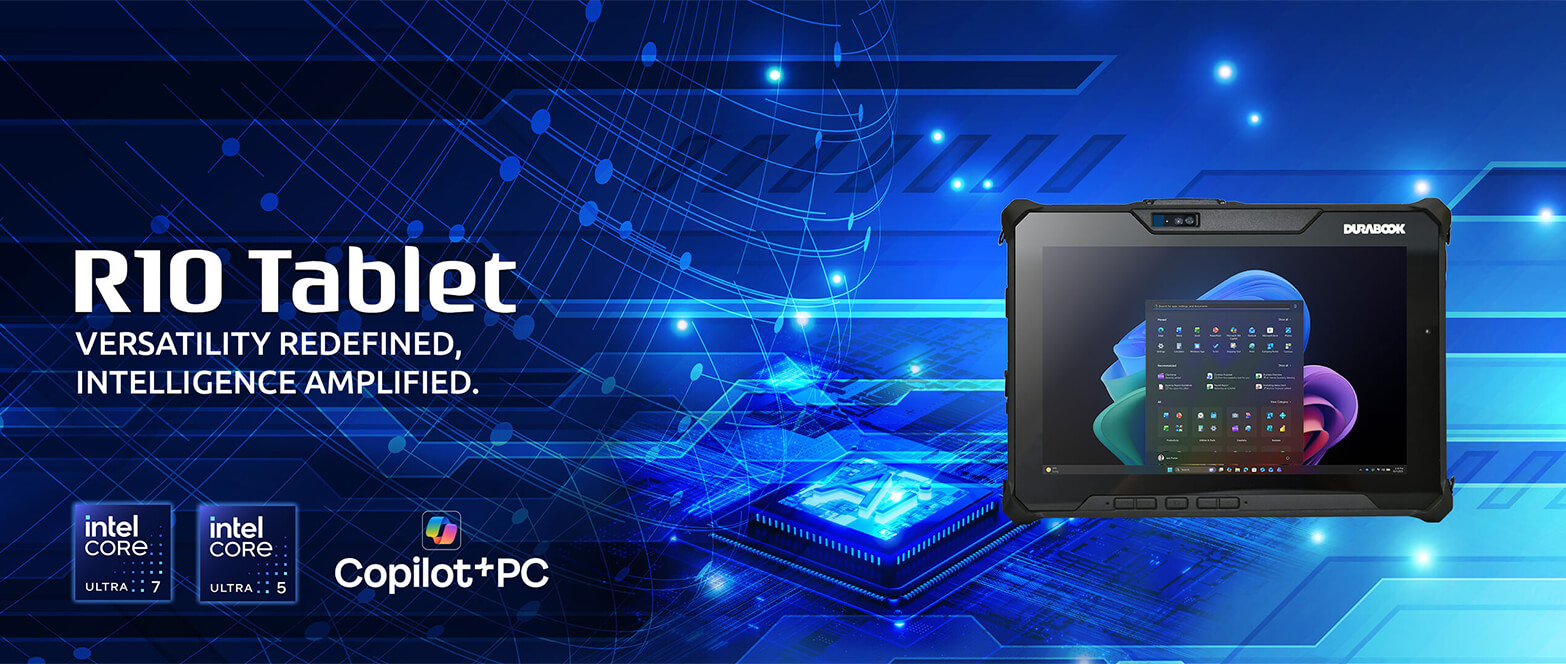Hioki Launches Next-Generation CAT III 2000 V DC High Voltage Probe P2010
- Jennifer King
- Insights & Events
- 28 Jan 2025
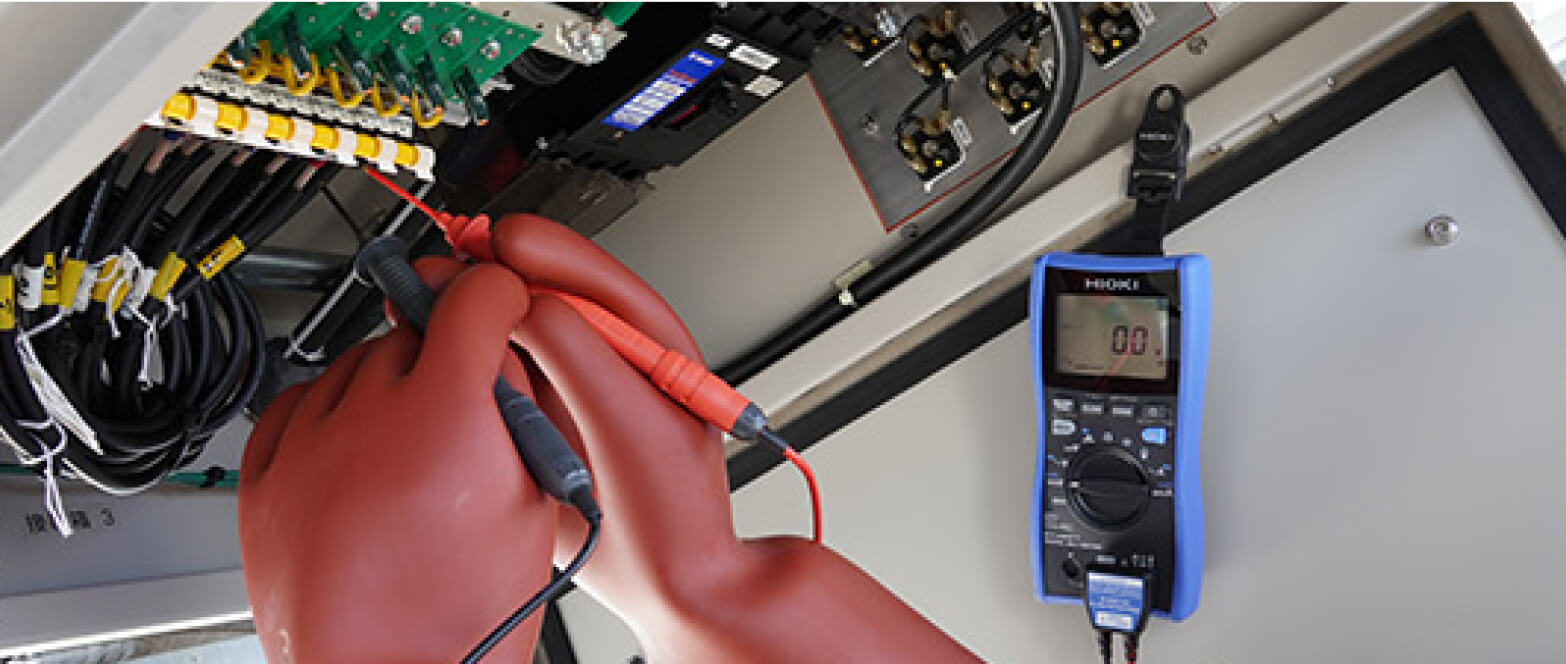
HIOKI's P2010 high voltage probe offers a compact, safer, and more efficient installation and inspection solution for solar installation inspections
HIOKI has proudly announced the launch of the DC High Voltage Probe P2010. Available from APC's Test and Measurement Solutions team, the P2010 probe is engineered to address the growing demands of high-voltage solar photovoltaic inspections and high-voltage measurement in electrical and maintenance work. The P2010 DC High Voltage Probe is compatible with HIOKI's Clamp Meter Series, such as the AC/DC Clamp Meter CM4373-50, and Digital Multimeter DT4261.


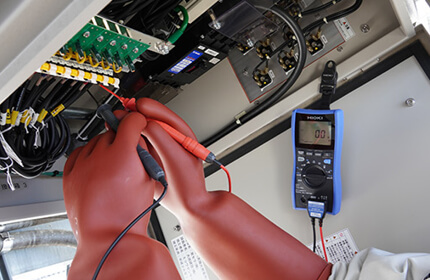

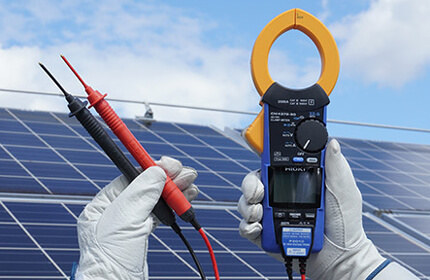

Why is CAT III 2000 V Capability Necessary?
The global shift towards renewable energy has led to significant advancements in solar power technology. In 2023, solar power installations surged by a record 147 GW, increasing from 199 GW in 2022 to 346 GW—a 74% rise, marking the fastest percentage growth since 2011. Nearly three-quarters of all renewable capacity added in 2023 was solar, underscoring its role as the cornerstone of global renewable energy expansion.
In recent years, solar power systems have been introduced that operate at progressively higher voltages, creating new maintenance demands. At the same time, the hazards posed by maintenance work are increasing due to the use of higher voltages.
Engineered for High Voltage Testing
Solar installations are CAT III environments. Safety standards categorise measurement locations by measurement category ratings CAT II, CAT III, and CAT IV based on their line-to-ground rated voltage, current capacity, and transient overvoltage. According to the standard for Photovoltaic (PV) module safety qualification (IEC 61730-1), PV modules are treated as the overvoltage category III, and an instrument categorised as Measurement Category III is required.
The P2010 DC High Voltage Probe is specifically engineered to meet the challenges posed by the rising prevalence of high-voltage solar systems in solar power generation. With solar facilities increasingly moving toward higher operating voltages to boost efficiency and scale, instruments capable of handling voltages well beyond 1500 V are becoming indispensable. HIOKI developed this probe to support CAT III 2000 V measurement in response to the near-term prospect of such applications.
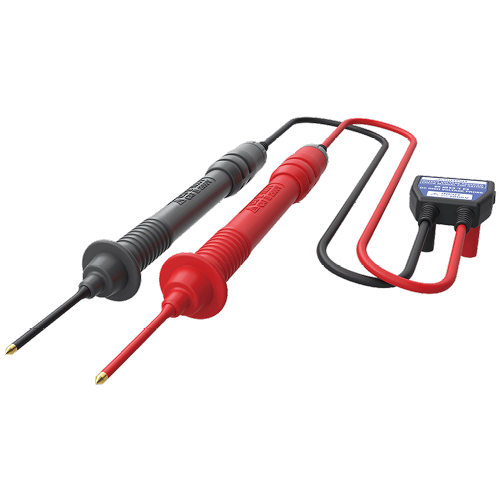

Streamlined Design for Better Usability
The HIOKI P2010 Probe introduces a streamlined design that eliminates the intermediate box present in its predecessor, the P2000. This improvement results in a slimmer, lighter measurement probe, significantly enhancing its usability in the field. The P2010 integrates seamlessly with HIOKI's Clamp Meters and Digital Multimeters, converting high voltages into safe measurement levels for secure and efficient testing. This eliminates the need for manual calculations, reducing errors and streamlining fieldwork.
Accurate Measurements with Minimal Errors
Field measuring instruments such as digital multimeters and clamp meters are often used by holding them directly in the hand. For safer high-voltage measurements, APC's Test and Measurement team recommends using the HIOKI P2010. Measuring instruments equipped with "DC HIGH V PROBE" mode, such as the HIOKI DT4261, are designed to be connected to the P2010. The high affinity between the two enables accurate measurement with minimal measurement error. With the conversion function equipped in this mode, the P2010 output value, which is 1/10 of the actual value, is calculated and converted to the actual value on the instrument.
Furthermore, the P2010 prevents damage to the instrument's protective circuit as the surge voltage that goes through it is sufficiently small. So, when considering your options for a hand-held instrument, ask our team about one equipped with "DC HIGH V PROBE" mode.
Ask Our Team About HIOKI's P2010 DC High Voltage Probe
Speak to a member of our technical team about the new HIOKI P2010 probe, a solution engineered to address the growing demands of high-voltage installation and inspection. For further information on the range of probes available, and their capabilities or to book a demonstration, contact our team today.




